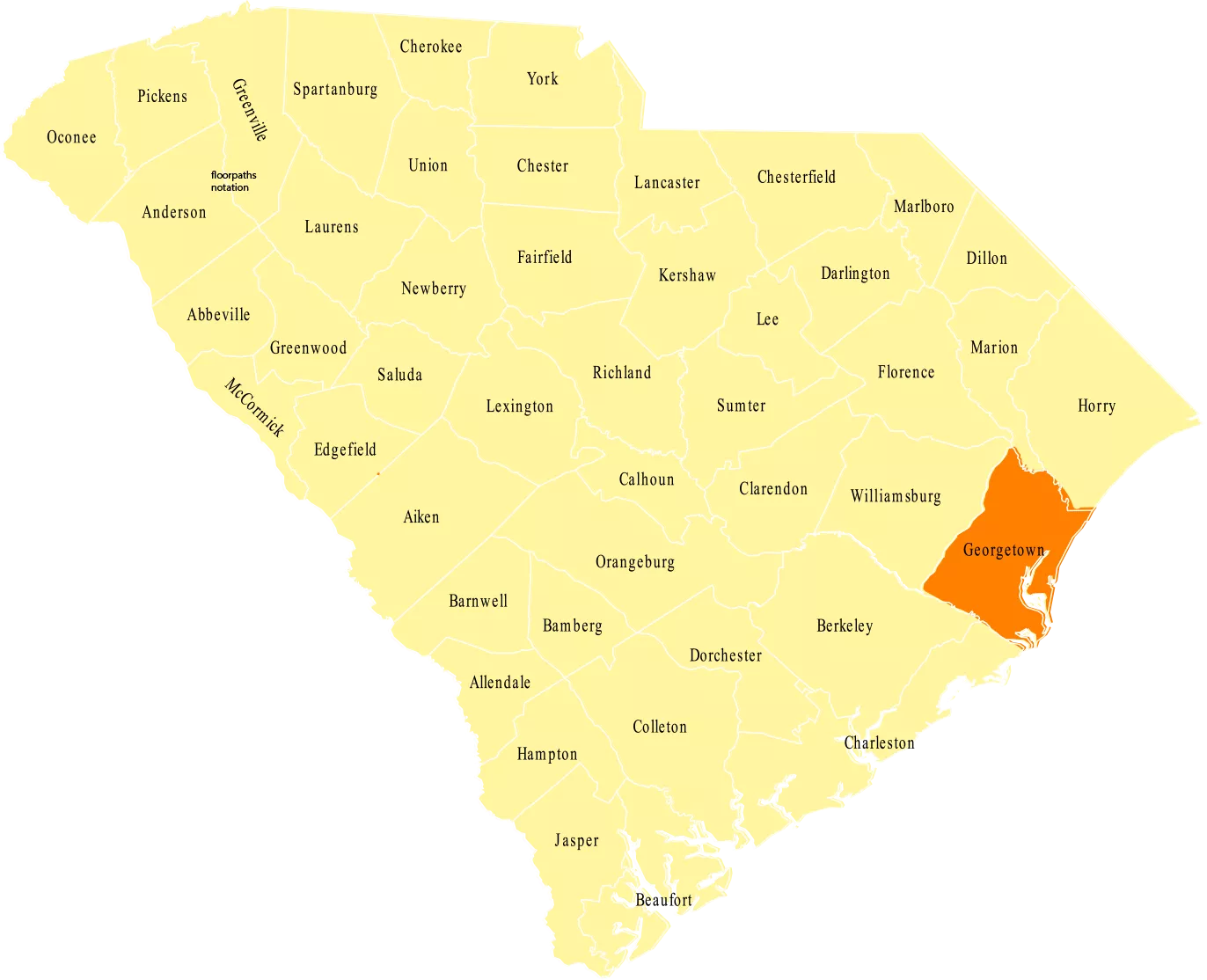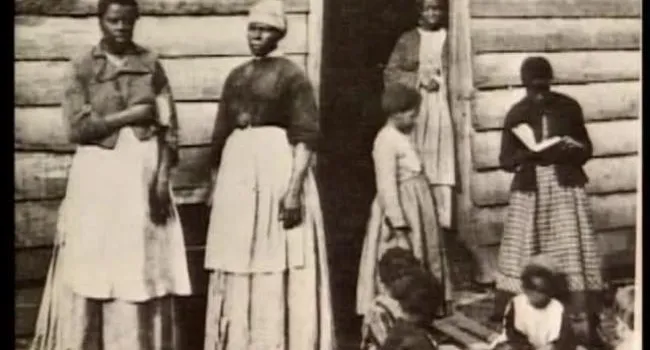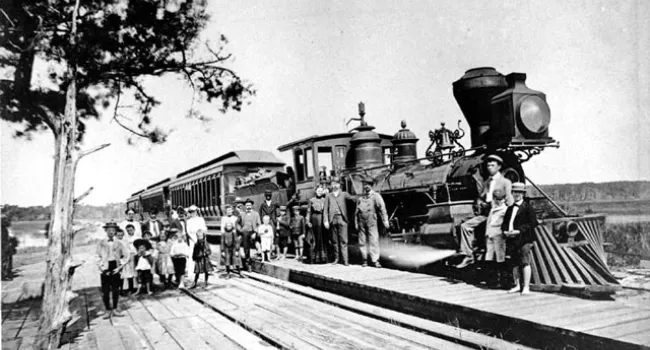
Video
Several dangers to rice crops included hurricanes, floods from the mountains, and swollen rivers. Damage ranged from minor, to total devastation. Animals, such as rice weevils, crows, and ducks, also...
Although a number of Native American tribes already lived in the area and the Spanish had visited, English planters and their African slaves were the first to settle what is now known as Georgetown County. In 1769 Prince Frederick, All Saints, and Prince George parishes were combined, resulting in Georgetown District. In 1785 the district split into four counties including Winyah County. Winyah County would later be renamed Georgetown County in honor of King George II. Despite the approval of the British that this name suggests, Francis Marion regularly engaged in guerilla warfare from the county’s marshes during the Revolutionary War.
A coastal location has always served as a large source of wealth for Georgetown County. The location favored the growth of plantation crops, especially cotton and Indigo. In fact, Indigo planters became so affluent that they became their own level of high society known formally as the “Winyah Indigo Society.” Later, rice took over and became the crop of choice for Georgetown County plantation owners, but Indigo plants still grow wild in the area. Furthermore, the Georgetown Port, in the county seat of Georgetown, became such a source of income that pirates plagued the county’s coast.
Today one can easily observe a connection between Georgetown County’s past and its future. The African slaves brought over by British planters to farm cotton, Indigo, and rice have preserved the Gullah culture throughout the generations. This culture is especially evident on Sandy Island. Georgetown’s port still anchors the county’s economy. The county’s historical significance, coastal location, beach towns, and nature preserves make it a popular tourism destination.
Georgetown County, A Brief History. Accessed June 03, 2016.
http://www.georgetowncountysc.org/about/history.html

Video
Several dangers to rice crops included hurricanes, floods from the mountains, and swollen rivers. Damage ranged from minor, to total devastation. Animals, such as rice weevils, crows, and ducks, also...
Video
From May until November, white plantation owners moved further in-land, in order to escape the "country fever" diseases, such as Malaria and Cholera. Those two diseases took a heavy toll on the human...
Video
"Carolina Gold" was considered the favored variety of rice. This clip describes how the colonial economy boomed as a result of rice.
Video
Before the American Revolution, the 300 mile coast line of South Carolina was known as the "Kingdom of Rice." Charleston was considered the richest city in Colonial America.
Video
The Civil War marked the beginning of the decline of rice in South Carolina. Although planters continued growing rice during the Civil War, Georgetown experienced an economic down-turn as a result of...
Video
The Middleton Plantation, just south of Charleston, is presently a museum. The Middleton Plantation is an example of rice wealth during the early 1800s, and many other planters sought to style their...
Video
This clip explains the process in which rice is grown, and harvested.
Video
An essay called "The Successful Planter," published in 1832, outlined a system of every day life for slaves living on plantations. State law in the 1830s forbade the education of slaves, but many...
Video
"Saltwater Slaves" brought over from Africa, became highly sought-after, since many of them already had experience growing rice before being brought over to the "New World."
Photo
The Atlantic Coast Lumber Company built this railroad to Pawley's Island from Haley Landing on the Waccamaw River in 1902 to make the island resort easier to reach. The causeway to the island was...